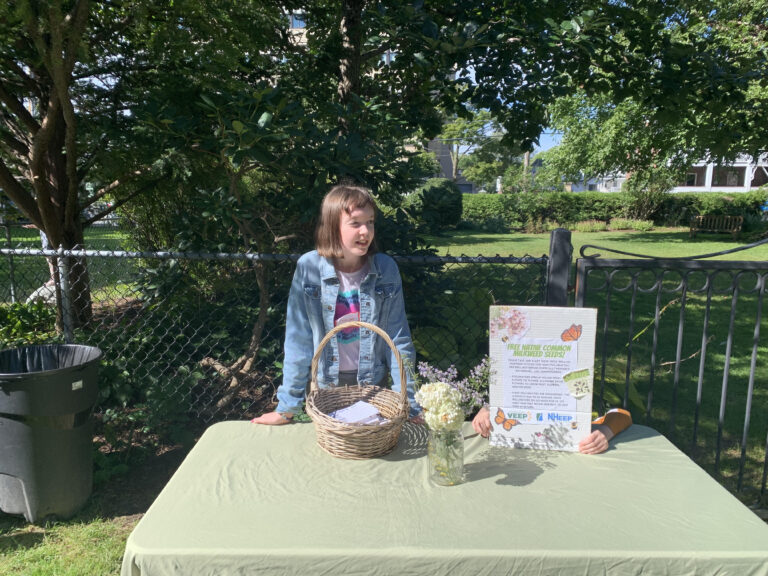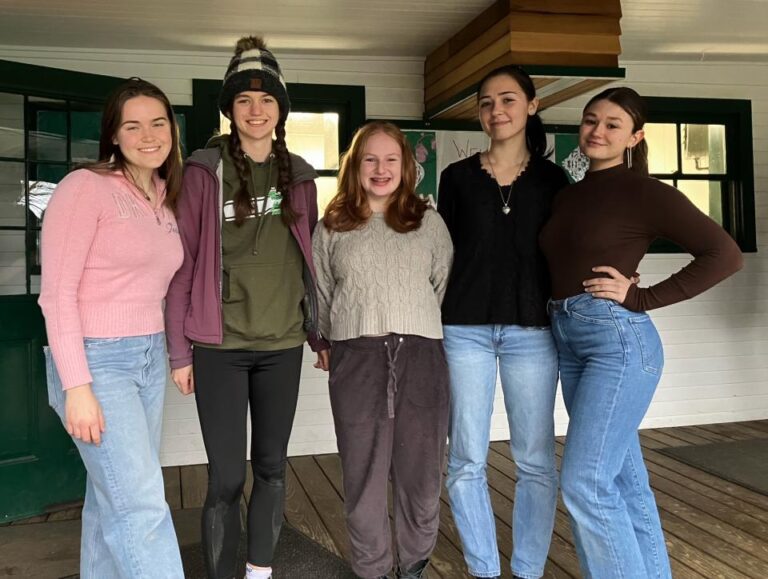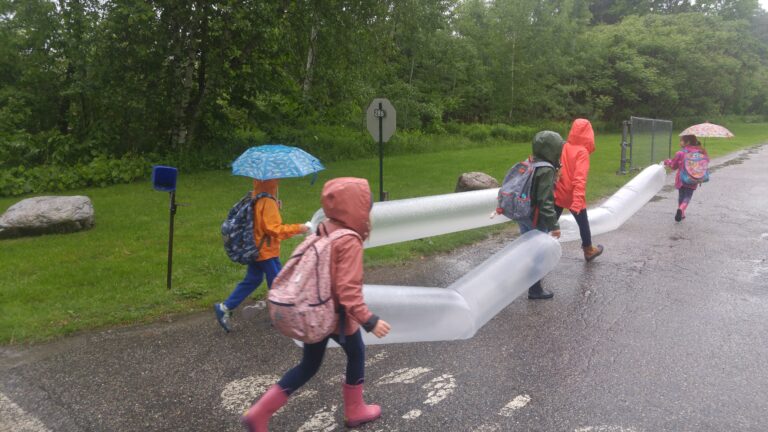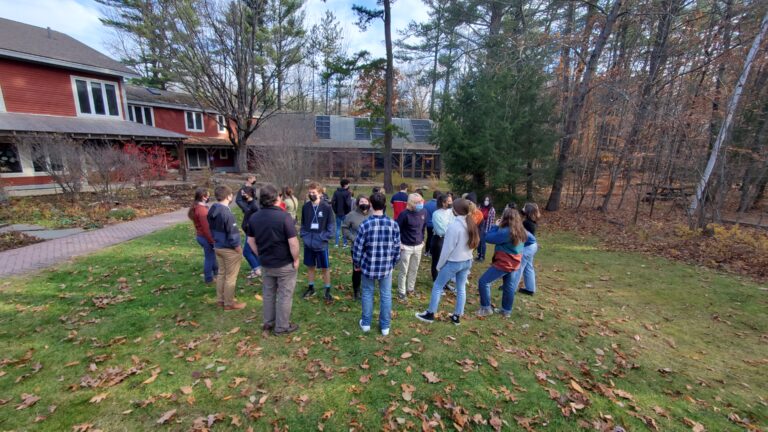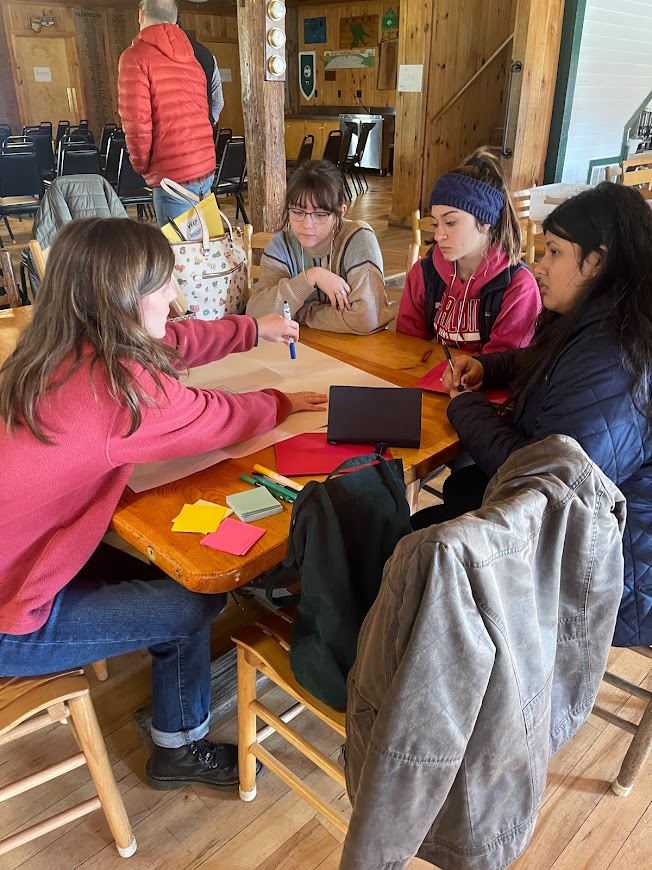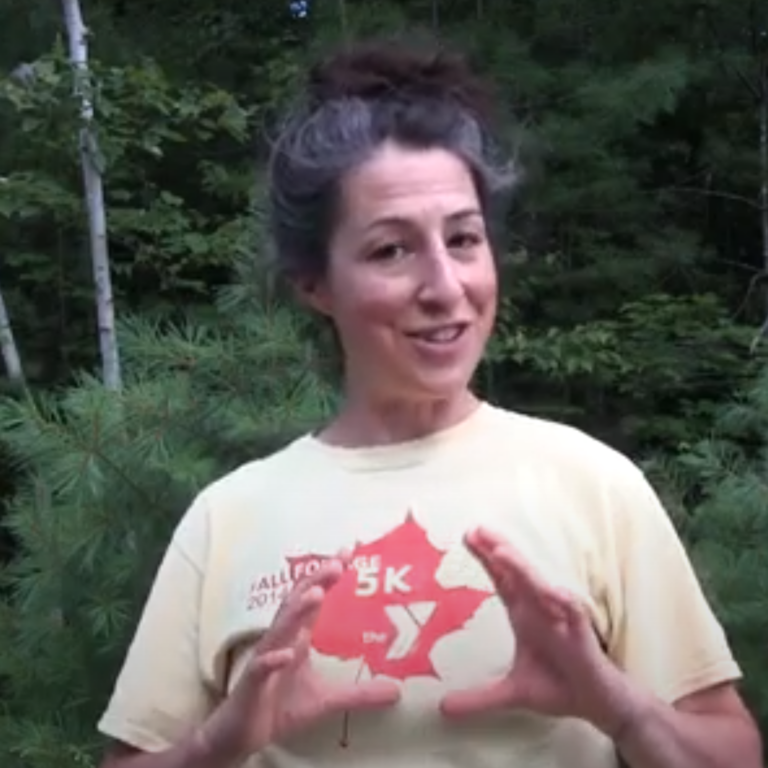| Below in an excerpt from Amanda, at The Boston Globe, discussing the great work Aubrey is doing with one of our partner teachers, Shannon, in their New Hampshire segment. |
| Today’s topic: Problem solvers Using microalgae to clean the air in a classroom. Installing a washing machine and a dryer at school for kids who are dealing with homelessness and can’t wash their clothes. Switching from plastic to compostable cutlery. Students around the state are finding creative ways to solve problems close to home, including one of the biggest challenges of their time: climate change. Aubrey Nelson, an energy educator at New Hampshire Energy Education Project, is helping them do it. She said action projects are the antidote to the climate anxiety many young people report feeling today. Nelson believes learning by problem solving works better than a traditional classroom lesson. “It’s hard to move from the model of ‘We need to teach about it’ to ‘Let the kids figure it out,’” she said. “The learning is deeper and more meaningful.” “If they have the skills of how do I conduct an investigation, my opinion is that it prepares them better than ‘We did cover cumulus clouds, check,’” she said. Nelson works with both students and teachers interested in trying out this mode of learning. She encourages students to think about community level solutions – it could be in their classroom, school, or town. After brainstorming ideas, the students select an area they are most passionate about. With the microalgae project, Nelson said the students were interested in making bioplastics and they wanted to know if they could make their air quality better and reduce carbon dioxide in the atmosphere. It turns out having clean air to breathe also helps students do better in school. Their teacher, Shannon Wydra, said it stemmed from a basic problem students were facing: a stinky classroom. Wydra has incorporated this kind of project-based learning into her curricula at Gorham Middle High School, where her students are also working to make the town more walkable after a 76-year-old woman was killed by a car while crossing Main Street. “I want them to be able to recognize problems that they see and know that they can take steps to try to do something about the problems,” Wydra said. – Amanda |

